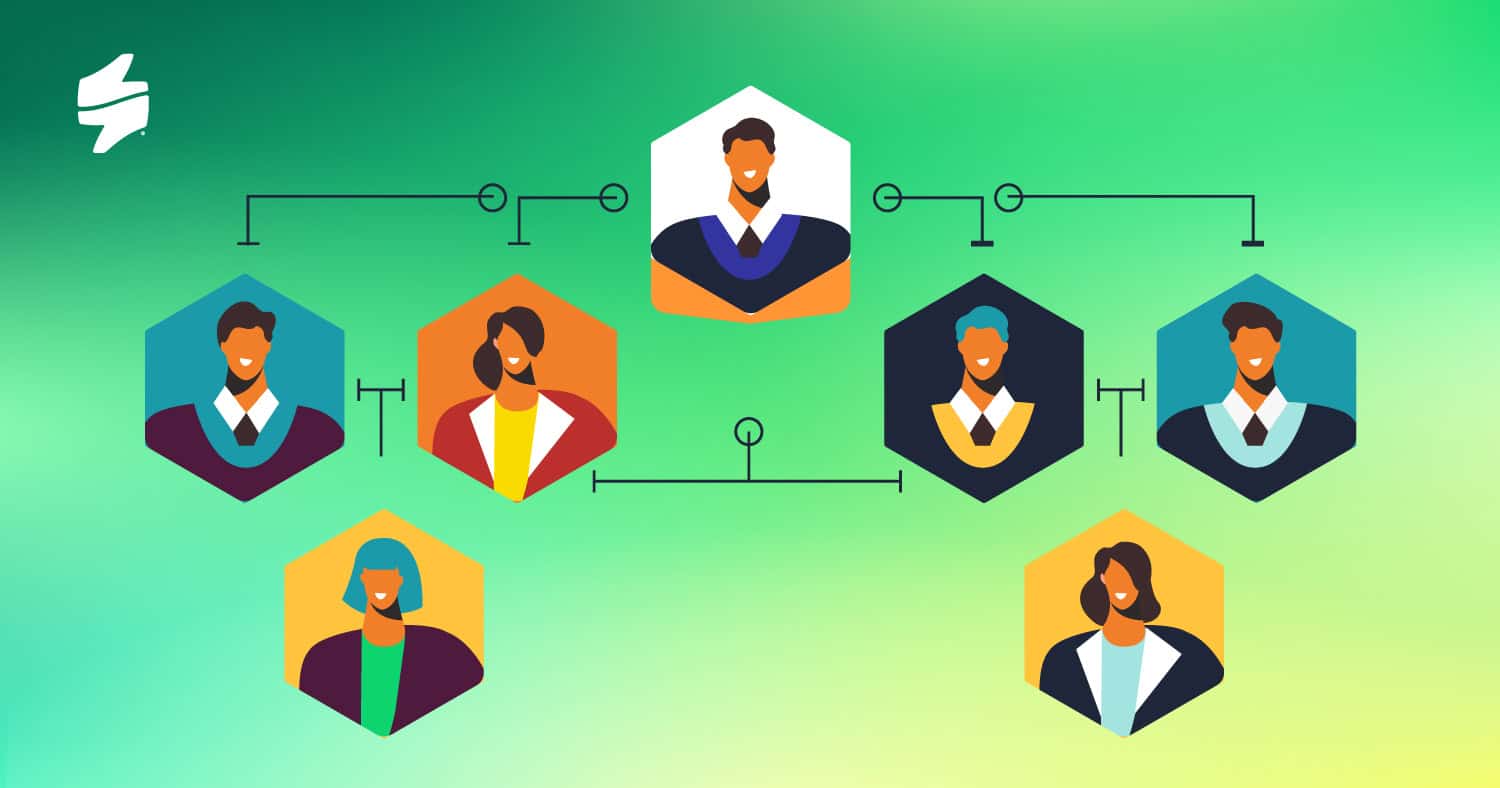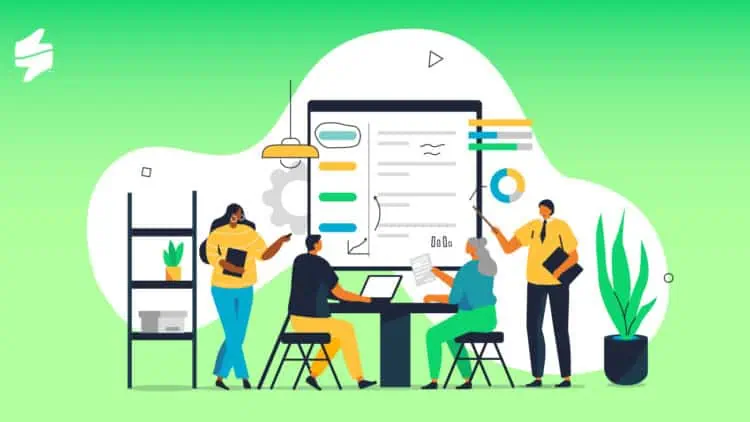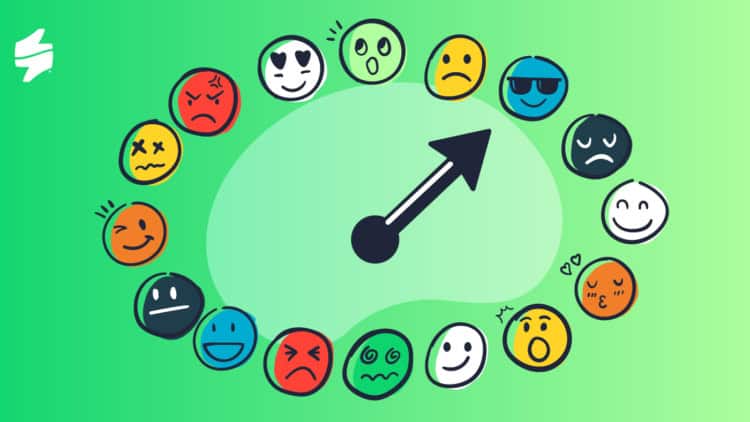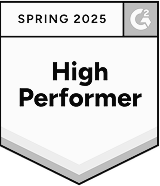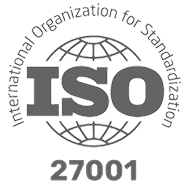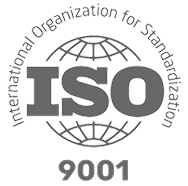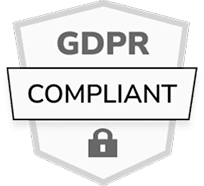A well-structured customer success team is pivotal in not only retaining customers but also in enhancing their overall experience and satisfaction. This comprehensive guide delves into the essentials of crafting an effective customer success team structure, complete with organisational charts, and explores the nuanced differences between customer experience vs customer success.
What Is the Customer Success Team Repsonsible for?
Before we dissect the anatomy of a customer success team structure, it’s crucial to grasp what customer success truly entails. Unlike customer support, which is reactive, customer success is a proactive strategy. It’s about anticipating customer needs, guiding them to fully utilize your product or service, and ensuring they achieve their desired outcomes.
This proactive approach leads to higher customer satisfaction, reduced churn rates, and increased lifetime value.
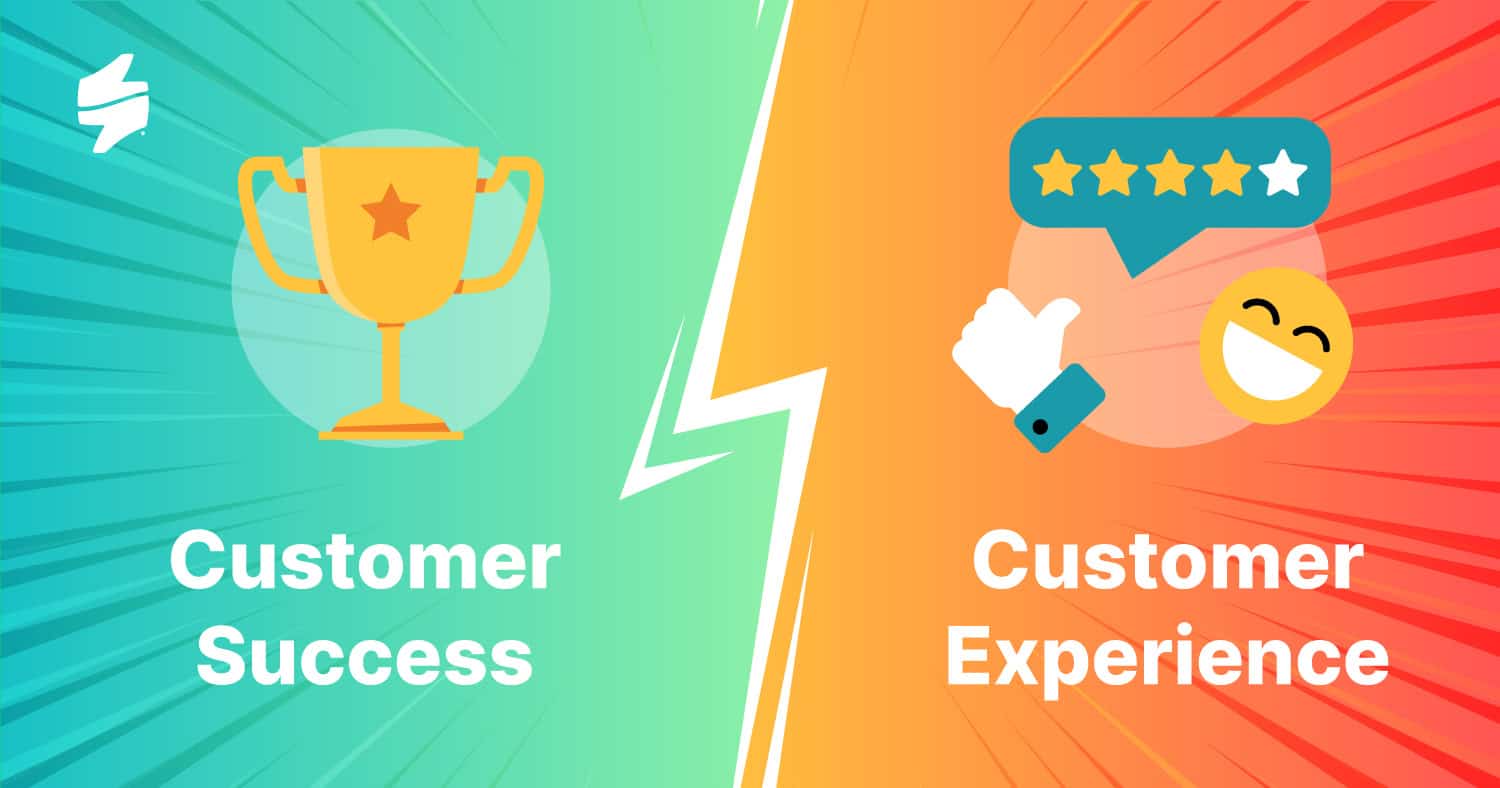
Customer Success vs. Customer Experience Team
Many still confuse CX/CS teams, so let’s get it straight. While closely related, customer success and customer experience cater to different aspects of the customer journey.
Customer experience encompasses every interaction a customer has with your brand, from navigating your website to interacting with customer service. In contrast, customer success is focused on the customer’s journey with your product or service, ensuring they achieve their desired outcomes.

And what about the responsibilities of customer success vs customer experience team? While CX focuses on the overall experience and satisfaction, CS zeroes in on customers’ success with the offerings.
The CX team is responsible for overseeing and enhancing all aspects of a customer’s interactions with a brand, ensuring a seamless and satisfying journey from start to finish.
On the other hand, the CS team is dedicated to guiding customers through their journey with a product or service, proactively working to help them achieve their specific goals and maximize value.
The Anatomy of a Customer Success Team Structure
The architecture of a customer success organization structure can vary significantly depending on the size and nature of the business. However, certain roles are quintessential in most customer success teams:

1. Leadership: The Head of Customer Success / VP Customer Success
At the apex of the customer success org structure is the Head of Customer Success or VP Customer Success. This individual is responsible for setting the strategic direction, objectives, and key performance indicators (KPIs) for the team. They play a critical role in aligning the customer success strategy with the company’s overall goals.
2. Customer Success Managers (CSMs)
Directly beneath the leadership are the Customer Success Managers. CSMs are the frontline soldiers, managing day-to-day interactions with customers. They ensure customers are leveraging the product effectively and help them navigate any challenges. CSMs are pivotal in building strong, long-lasting customer relationships.
3. Onboarding Specialists
A smooth and informative onboarding process can significantly impact a customer’s long-term success and satisfaction. Onboarding specialists focus on training new customers, setting them up for success from the outset.
4. Renewal and Expansion Managers
This role focuses on renewing existing contracts and identifying opportunities for account expansion. They work closely with CSMs to understand customer needs and pinpoint upsell or cross-sell opportunities.
5. Support and Escalation Management
While not always housed within the customer success department, a dedicated customer support and escalation team is crucial for addressing technical issues swiftly. This ensures that customer satisfaction remains high and that CSMs can focus on their core responsibilities.

Ready-Made XM Solutions for Your Industry
Looking for Experience Management solutions for a particular industry or team within your company? Staffino's got you covered! Check out our comprehensive XM solutions and find the right fit for your business.
Customer Success Org Chart
For easier understanding, here’s a customer success org chart that visually represents the customer success department structure, delineating roles and hierarchies.
A customer success org chart an invaluable tool for ensuring clarity and alignment within the team. At its core, the org chart should clearly outline the leadership at the top, followed by managers and specialists in their respective domains.
Employee Performance Management in Customer Success
To ensure the efficacy of your customer success team, implementing a robust employee performance management system is essential.
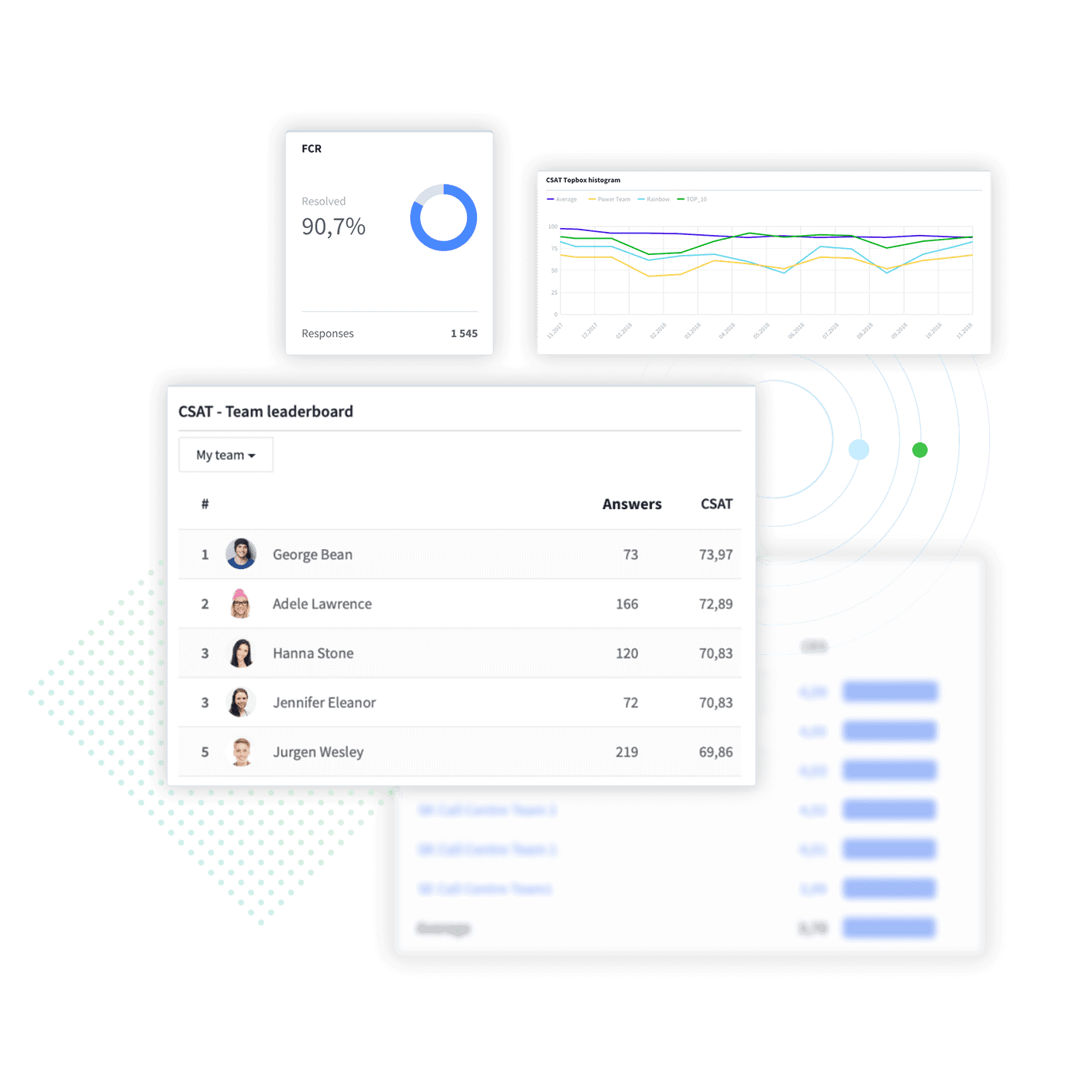
This includes regular employee performance reviews to assess and improve performance. These reviews should not be seen merely as formalities or bureaucratic necessities. Instead, they are opportunities for meaningful dialogue, offering constructive feedback, setting clear objectives, and, most importantly, for personal and professional development. These sessions provide a structured framework for assessing individual and team performance, identifying strengths to be leveraged and areas requiring improvement.
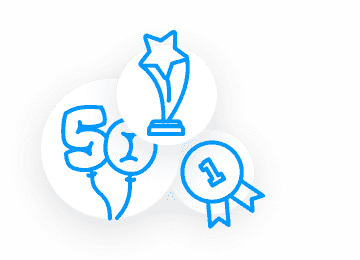
Unlock Your Team's Full Potential with Staffino's EX Products
Our EX platform can help you attract and retain top talent, track employee performance, and improve engagement and productivity – so your team can reach their highest potential.
Key metrics to measure performance might include customer retention rates, customer satisfaction scores, and revenue generated from renewals and expansions. Here’s more about each of them:
- Customer Retention Rates: This metric is a direct indicator of how well your customer success team is maintaining relationships with existing customers. High retention rates signify effective customer success strategies, indicating that customers are receiving the value they expect from your products or services.
- Customer Satisfaction Scores (CSAT): CSAT measures how satisfied customers are with your company’s products or services. It provides immediate feedback on the customer experience, allowing you to address any issues promptly and adjust your strategies accordingly.
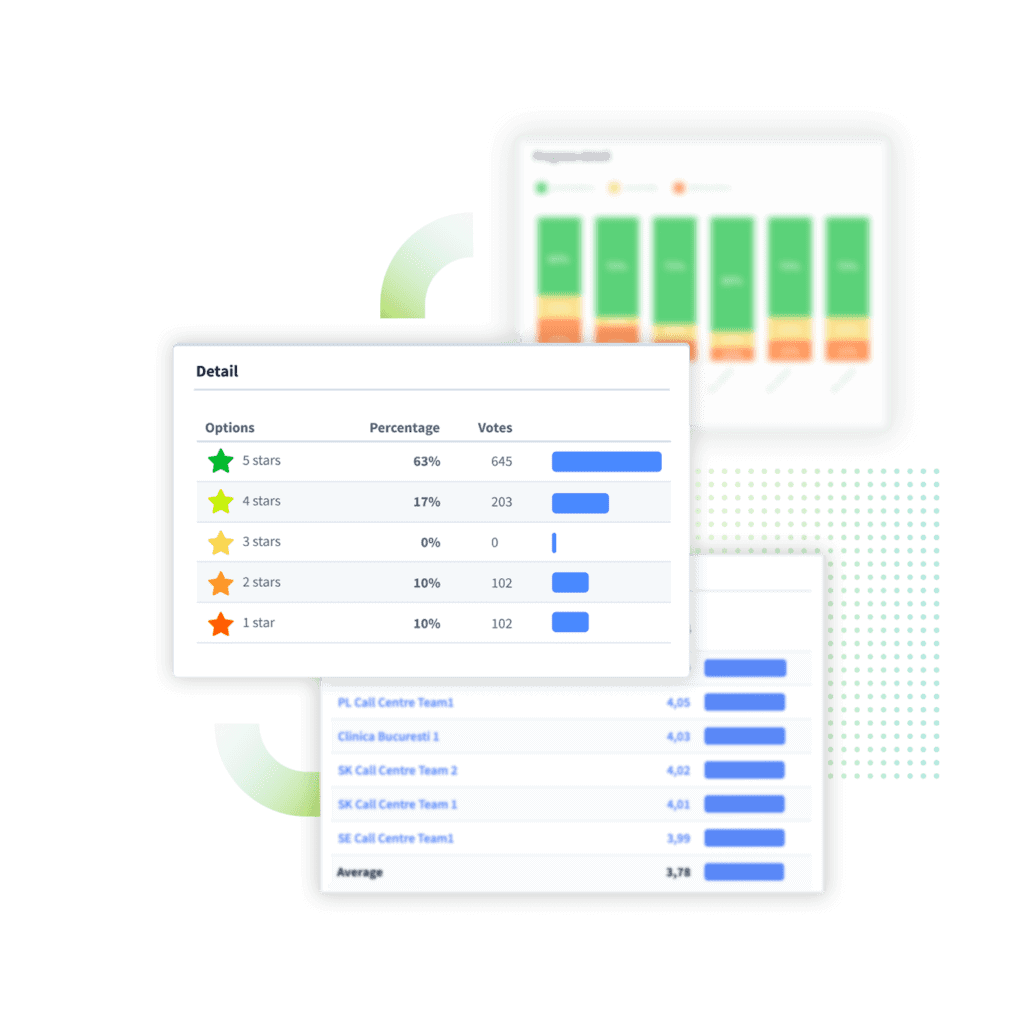
- Revenue Generated from Renewals and Expansions: This metric highlights the financial impact of your customer success team. It measures not only the team’s ability to retain customers but also their effectiveness in identifying and capitalizing on opportunities for account expansion and upselling.
Conclusion
Building a customer success organizational structure and hiring skilled professionals is a strategic investment that can significantly impact your company’s bottom line. By understanding the key roles within a customer success team and how to improve the performance of CS, you can ensure your team is equipped to drive customer satisfaction and loyalty.
Remember, the goal of customer success is not just to solve problems but to help customers thrive with your solution, thereby fostering long-term, profitable relationships.
Contact us if you’re interested to see how to measure performance of your CS team as well as your customers’ satisfaction through Staffino!
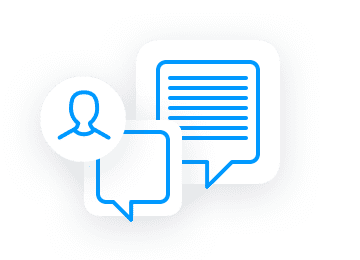
Experience Management Made Smart
Boost your business performance with Staffino – the ultimate platform to deliver unique experiences for your customers and employees.
